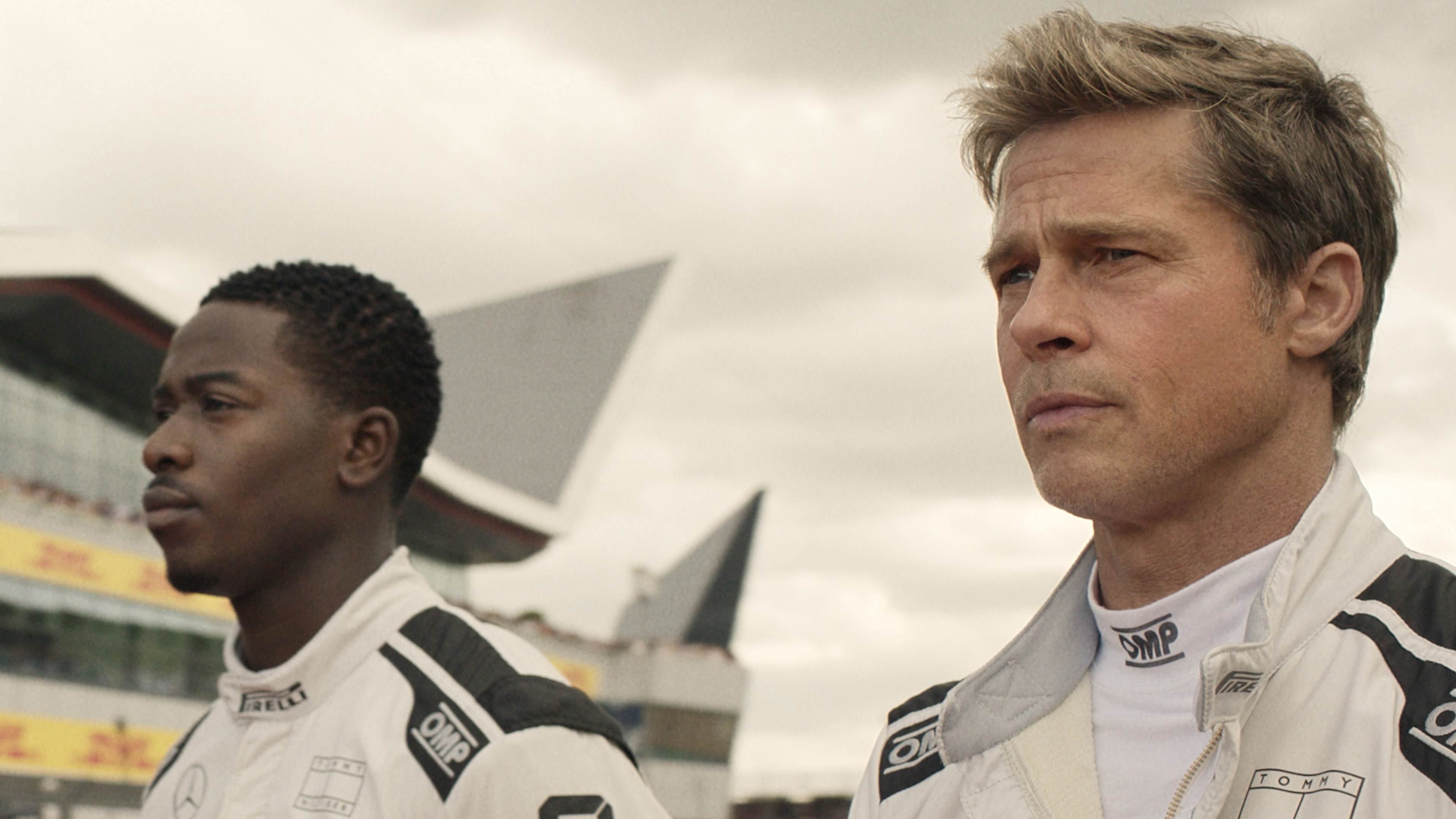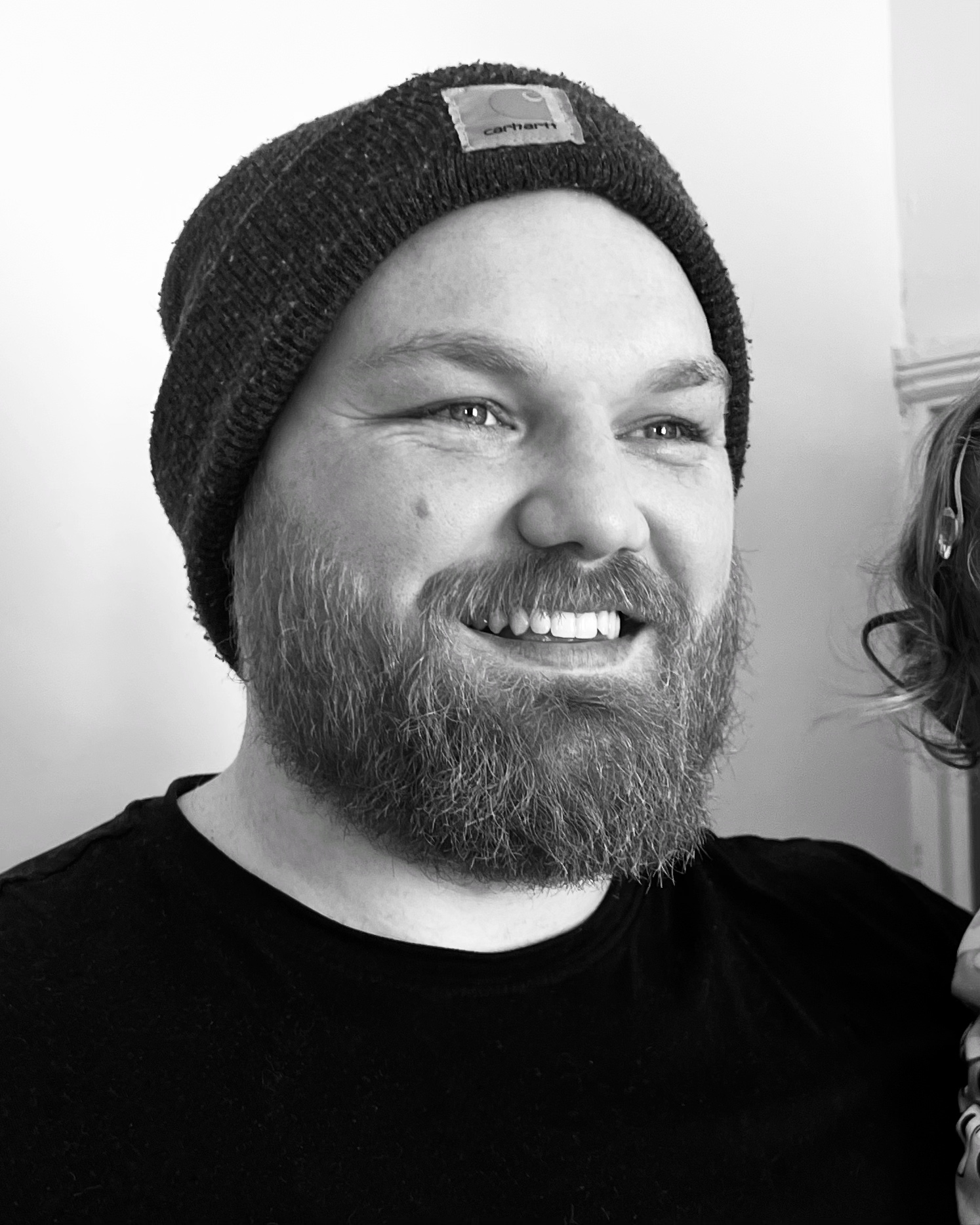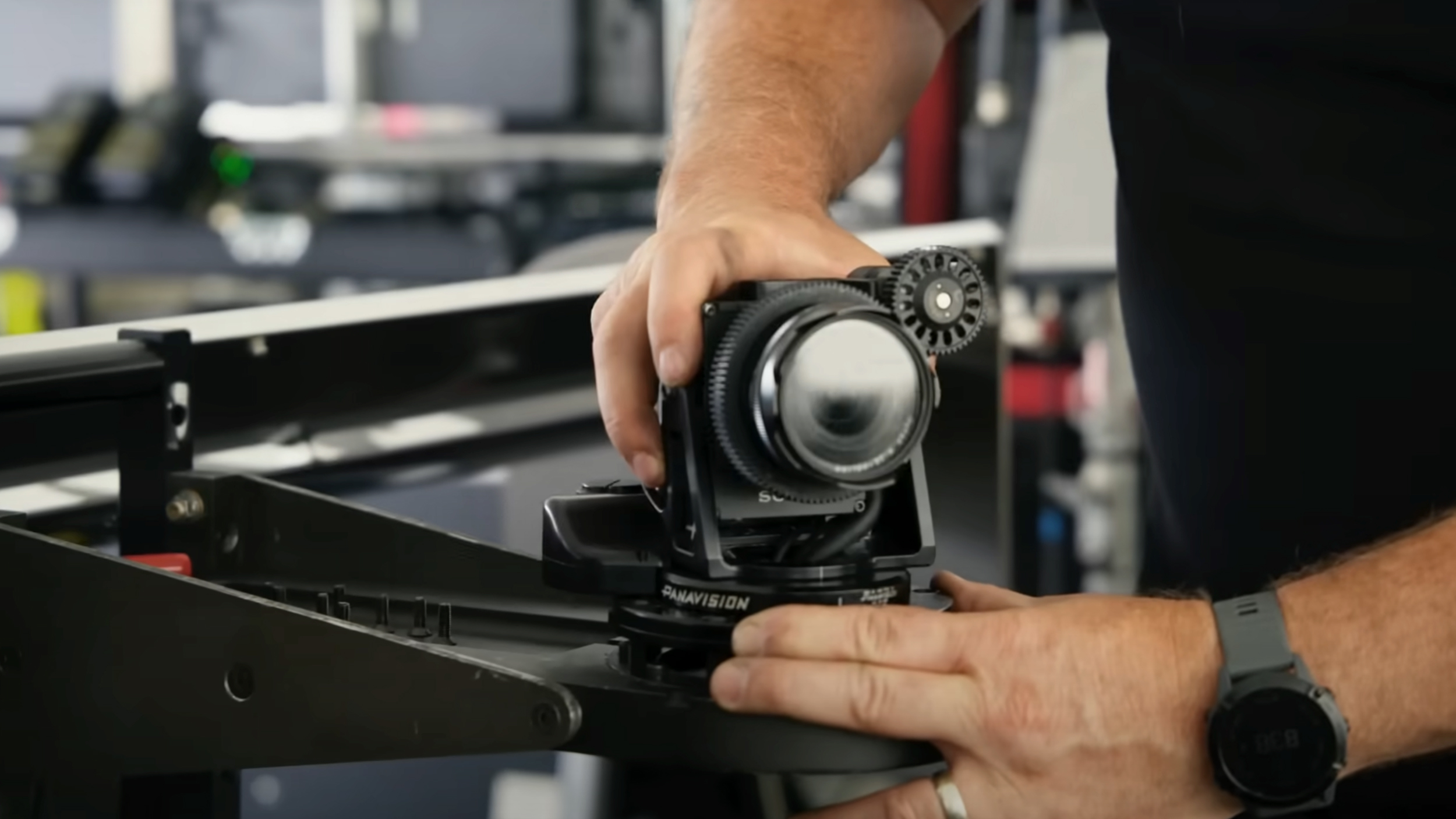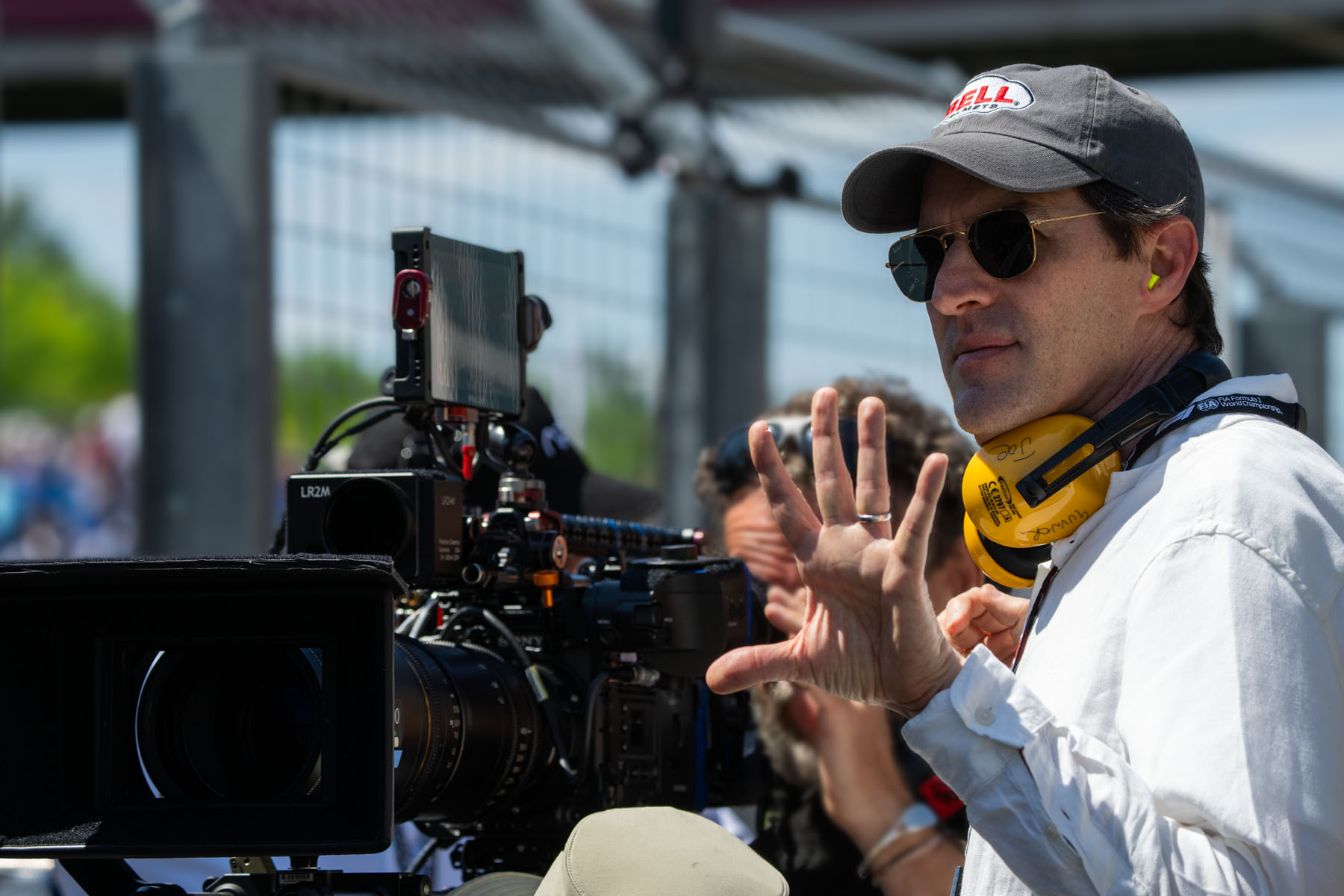Customized cameras at 200 miles per hour – How 'F1: The Movie' redefined action cinematography with the help of Sony
Sony created bespoke cameras that could handle the speed, turbulence, and logistics of filming in an F1 car

In F1: The Movie, the roar of the engines isn’t the only thing pushing boundaries. Behind the blistering speed and visceral action lies a groundbreaking collaboration between Hollywood filmmakers and Sony’s top engineers, one that has changed high-speed cinematography.
Director Joseph Kosinski (Top Gun: Maverick) and Oscar-winning cinematographer Claudio Miranda, ASC, are no strangers to capturing speed. But with F1, they faced a challenge unlike any before: How do you put the audience inside a Formula 1 car, going 200 miles per hour, without sacrificing cinematic image quality?
Their answer wasn’t just clever rigging or CGI trickery. It was a technological breakthrough: a custom-built, full-frame cinema camera system designed specifically for this film.
"I said the ideal is a sensor on a stick – as small as we could go," Miranda explains in the behind-the-scenes featurette by Sony Cine. But this wasn’t about just strapping on action cameras. As Miranda puts it, "We still wanted to have a shallower depth of field and full-frame… we had to strive for filmic images."
Sony’s engineers answered that call in record time. Using the full-frame sensor from the Sony FX6, known for its excellent low-light performance and cinematic depth of field, they created a detachable, modular system. The result was what Kosinski describes as "bespoke lightweight camera packages," capable of delivering full-frame 4K imagery in the harshest racing conditions.
In just eight weeks, Sony developed a working prototype with a detachable sensor module, integrated ND filters, and a ruggedized build that could withstand the vibrations and G-forces of real race conditions. "It was really remarkable," Kosinski says. "We ended up getting 25 bespoke cameras from them. We used every single one of them."
These weren’t mere point-of-view cameras. Each custom unit was designed for creative flexibility with features like remote pan capability, focus motors, and precise vibration isolation.
The best camera deals, reviews, product advice, and unmissable photography news, direct to your inbox!
The production-mounted cameras in up to 16 unique positions on the car, tail, nose, cockpit, side panels, capturing perspectives never seen before on screen. "We can move the cameras while we’re shooting," says Kosinski, describing the ability to pan between different angles mid-shot, such as shifting from the racetrack to actor Brad Pitt’s face inside the cockpit.
One of the keys to F1: The Movie’s visual success was maintaining image consistency across its entire camera lineup. Alongside the Sony VENICE 2 (the main production camera), the team used the FX6 and these new prototypes, all sharing the same sensor technology and S-Gamut3.Cine color science.
This enabled seamless color grading and matching across shots, from the close-quarters cockpit sequences to the sweeping IMAX vistas of the racetrack.
Perhaps the most striking achievement of F1 is its commitment to realism. "These aren’t special effects rigs," the filmmakers emphasize. Brad Pitt and Damson Idris did the driving themselves, reaching speeds of 200 mph for real. Every shot you see on screen is real-world physics, captured by cutting-edge, purpose-built cinema technology.
Above: The Sony Cine featurette video
"You’re going to see camera angles and points of view that you’ve never seen before," Kosinski says. "Audiences are going to get a perspective of what it’s like to be in one of these machines."
Following in the footsteps of Top Gun: Maverick, F1: The Movie has raised the bar for how speed, intensity, and immersion can be captured on film. What started as a filmmaker’s dream, 'a sensor on a stick', has become a pioneering new tool for cinema.
F1: The Movie is now in theatres, and it won't be long until the film is available to watch on Apple TV+.
you might also like
Check out other articles on the making of movies, including Jurassic World Rebirth and The Legend of Ochii.

Kalum is a photographer, filmmaker, creative director, and writer with over 10 years of experience in visual storytelling. With a strong focus on photography books, curation, and photo editing, he blends a deep understanding of both contemporary and historical works.
Alongside his creative projects, Kalum writes about photography and filmmaking, interviewing industry professionals, showcasing emerging talent, and offering in-depth analyses of the art form. His work highlights the power of visual storytelling, fostering an appreciation for the impact of photography.
You must confirm your public display name before commenting
Please logout and then login again, you will then be prompted to enter your display name.



